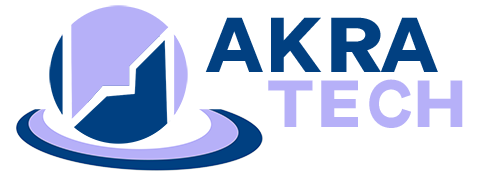
Agile software development is a popular approach to building software products that emphasize flexibility, collaboration, and rapid iteration.
In this guide, we’ll explore the key stages of the Agile SaaS product development life cycle, from
- Planning
- Design
- Develop
- Testing
- Evaluate
- Deployment
Also, provide tips for success along the way. Whether you’re a seasoned software developer or just getting started, this guide will help you develop software products more efficiently and effectively.
Introduction to Agile SaaS Product Development.
Agile SaaS product development is a methodology that emphasizes flexibility, collaboration, and rapid iteration.
It is designed to help software development teams create high-quality products more efficiently and effectively.
The Agile approach is based on the principles outlined in the Agile Manifesto, which values
- Individuals,
- Interactions,
- Working software,
- Customer collaboration,
- Responding to change.
In this guide, we’ll explore the key stages of the Agile SaaS product development life cycle and provide tips for success along the way.
Stage 1: Planning and Discovery Phase
The planning and discovery phase is the first stage of the Agile SaaS product development life cycle. During this phase, the product team works to define
- Product vision,
- Identify user needs,
- Create a roadmap for development.
This phase is critical for setting the direction of the project and ensuring that everyone is aligned on the goals and objectives.
Key activities during this phase include
- Conducting user research,
- Creating user personas,
- Defining the product backlog,
- Creating a high-level project plan.
By the end of this phase, the team should have a clear understanding of what they are building and why.
Stage 2: Design and Prototyping Phase
The design and prototyping phase is the second stage of the Agile SaaS product development life cycle.
During this phase, the product team works to create detailed designs and prototypes of the product. This phase is critical for ensuring that the product meets user needs and is easy to use.
Key activities during this phase include
- Creating wireframes,
- Designing user interfaces,
- Creating interactive prototypes.
By the end of this phase, the team should have a clear understanding of how the product will look and function.
Stage 3: Development and Testing Phase:
The development and testing phase is where the actual coding and development of the product take place. This phase is broken down into sprints, which are short periods of time (usually 1-2 weeks) where the development team works on specific tasks.
During each sprint, the team will develop new features, fix bugs, and make improvements to the product. At the end of each sprint, the team will conduct testing to ensure that the new features are working properly and that there are no new bugs. This phase is critical for ensuring that the product is stable and ready for release.
Stage 4: Release and Maintenance Phase:
The release and maintenance phase is the final stage of the Agile SaaS product development life cycle. This is where the product is released to the market and ongoing maintenance and support are provided.
During this phase, the development team will continue to fix bugs and make improvements to the product based on user feedback. It’s important to have a solid plan in place for ongoing maintenance and support to ensure that the product remains stable and continues to meet the needs of users.
This phase is also an opportunity to gather feedback and insights that can be used to inform future product development efforts.
Akratech Agile SaaS Product development cycle

Best Practices for Agile Software Product Development Life Cycle
Agile software development is a set of methodologies designed to improve the efficiency of the software development process by promoting flexibility, collaboration, and responsiveness. Here are some best practices for Agile software product development life cycle.
| Best Practices | Description |
| Define clear goals and objectives | Define project goals, objectives, and scope to provide a clear understanding of what needs to be achieved. |
| Collaborate and communicate | Promote open communication and collaboration between team members, stakeholders, and customers to ensure everyone is aligned and working towards the same goals. |
| Prioritize features and requirements | Identify critical features and requirements and prioritize them accordingly to ensure the most important features are delivered first, reducing the risk of delays and increasing the chances of success. |
| Iterate and adapt | Continuously evaluate progress, learn from mistakes, and adjust the development process as necessary. |
| Emphasize quality | Implement a robust quality assurance process to ensure the product is delivered to the highest possible standards. |
| Use appropriate tools and technologies | Choose appropriate tools and technologies to support the development process, including collaboration tools, development environments, and testing frameworks. |
| Monitor progress and metrics | Use appropriate metrics and tracking mechanisms to monitor progress and identify potential issues early. |
| Emphasize testing and validation | Implement a robust testing process to identify and fix issues early, reducing the risk of delays and increasing the chances of success. |
| Encourage continuous learning | Encourage continuous learning and improvement among team members to stay up to date with the latest technologies and techniques and adapt to changes in the development environment. |
By following these best practices, you can improve the efficiency and effectiveness of your Agile software development process, resulting in higher-quality products that are delivered on time and within budget.
In Akratech, we have Implemented Agile SaaS Product Development and it helped us in the following ways
- Increased speed to market
- Higher quality products
- Better collaboration
- Increased flexibility
- Improved transparency
Here are a few portfolios, Where we have Implemented Agile SaaS product development
- The Student Counselling Portal that we developed for our client provides counseling 360-degree view of the students in the school community.
- Customized GDPR compliance software for small, medium, and larger organization’s to ensure data privacy and security
- We have built an inventory forecasting tool with the help of Python and Tableau to create a dashboard view in the application which displays the forecasting information.
We build an agile software product. Enquire now!
Build your agile software product Now
We are here to customize your immediate needs and launch your product on time within the defined budget.
Please share your requirement and get ready to see how AKRATECH can build your MVP in no time.
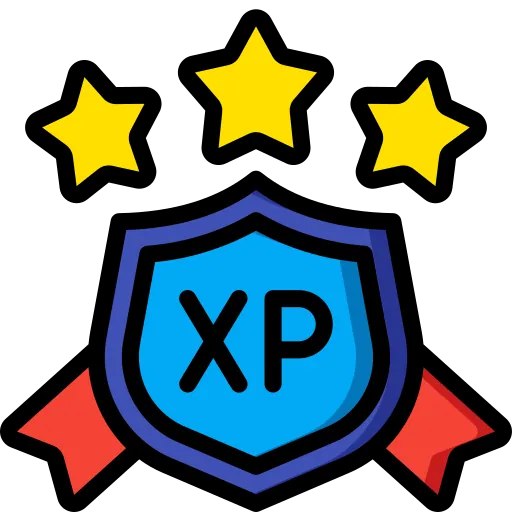
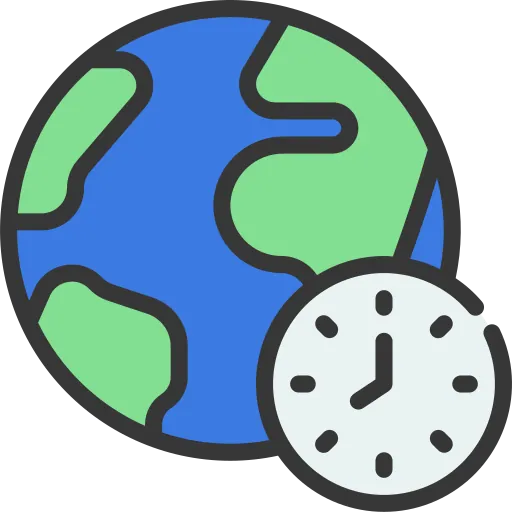
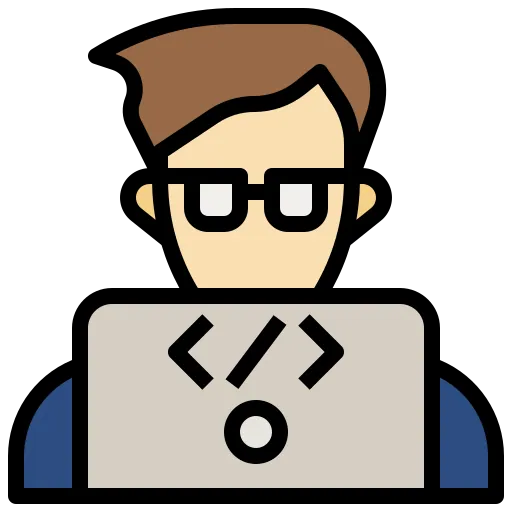

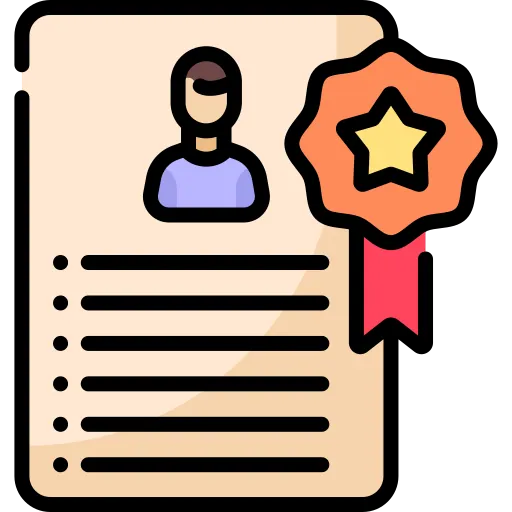
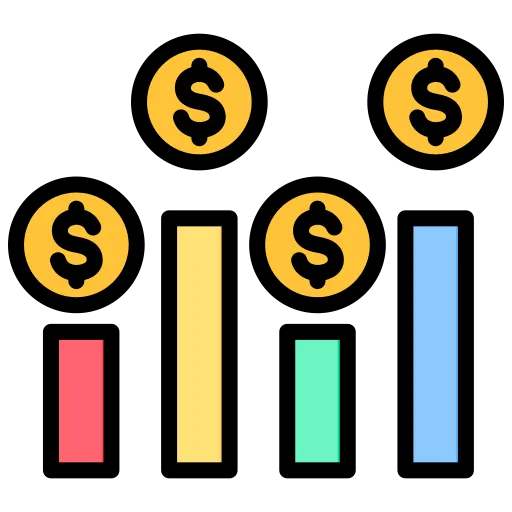
Implementing Agile SaaS product life cycle in your organization:
Implementing an Agile SaaS Life cycle consists of several stages. The goal of this approach is to deliver high-quality software quickly and efficiently, while also responding to changing customer needs and market conditions. By understanding the above Agile SaaS product life cycle, you can better implement this methodology in your organization and achieve better results.
Here is a flow chart to get you started with

This flow chart provides a high-level overview of the steps to implement Agile in your organization. Each step is connected and builds upon the previous step, leading to successful implementation of Agile software product development life cycle.
Choose our SaaS application development services for innovative and scalable solutions tailored to your business needs.
